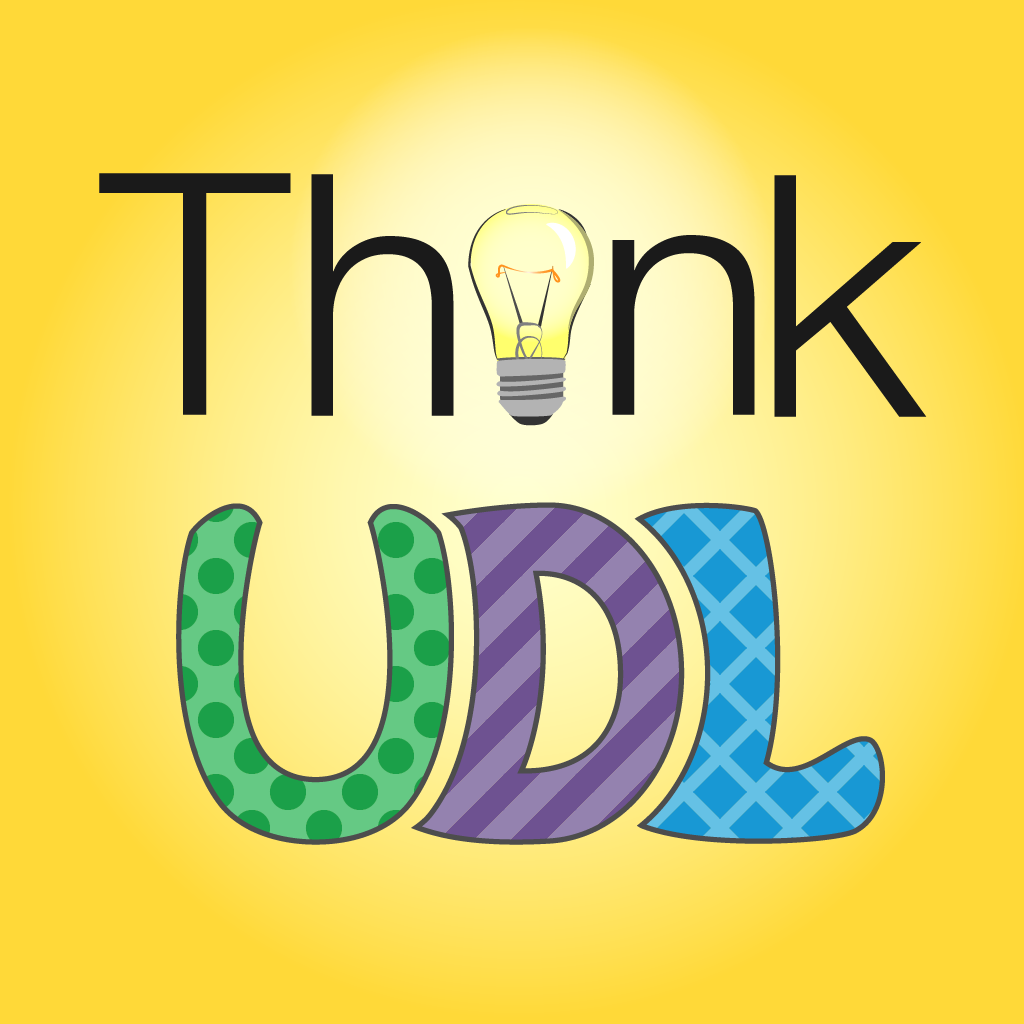Author:
Universal Design for Learning and Inclusion
Reflecting on my own learning experiences, I recall struggling with a high school economics class where the teacher primarily relied on long lectures and textbook readings. As someone who learns best through visual aids and interactive discussions, I found it difficult to grasp abstract economic concepts without graphical representations or real-world applications. This experience reinforced my understanding that a one-size-fits-all approach to teaching does not meet the needs of diverse learners.
Universal Design for Learning (UDL) principles could have significantly improved my learning experience by incorporating multiple means of representation (e.g., visual diagrams, videos, and case studies) to supplement the verbal explanations (CAST, 2025). Similarly, as a teacher in India, I noticed that some students in my commerce class struggled with theoretical concepts when taught solely through textbooks. Implementing multiple means of engagement—such as hands-on activities, role-playing business scenarios, and peer discussions—helped make learning more accessible and meaningful. UDL emphasizes flexibility in teaching to address learner variability, ensuring that all students have equitable access to learning opportunities (Meyer et al., 2014).
As a future educator in Canada, I am committed to fostering an inclusive classroom that respects different learning styles and abilities. One specific UDL strategy I plan to implement is the use of choice boards—allowing students to select how they engage with content (e.g., watching a video, reading an article, or participating in a discussion). This approach not only enhances student autonomy but also ensures accessibility for diverse learners, including those with disabilities or language barriers.
Implementing UDL may present challenges, such as time constraints and limited resources. However, I plan to overcome these by integrating technology, such as assistive tools and interactive platforms, to provide varied content delivery. Ultimately, UDL is not just about accessibility; it is about empowering every student to succeed, reinforcing my commitment to inclusive education.
References

Your writing effectively conveys the importance of inclusive education and the role of UDL in addressing diverse learning needs. Your personal reflections and practical strategies make a compelling case for the necessity of flexible teaching approaches.
For more clarifications how can educators balance the need for flexible, student-centered teaching approaches like UDL with the practical challenges of limited time and resources? Considering your own learning experiences, what strategies could be used to ensure that all students, regardless of their learning styles or abilities, have equitable access to education? In what ways can technology be leveraged to enhance the implementation of UDL while addressing common barriers in diverse classrooms?
Your reflection effectively illustrates the importance of Universal Design for Learning (UDL) in creating an inclusive and engaging learning environment. By sharing your struggles with a rigid teaching approach and contrasting it with your experience as a teacher in India, you highlight the necessity of multiple means of representation and engagement. Besides, your plan to implement UDL strategies, such as choice boards and technology integration, demonstrates a strong commitment to inclusive education. While you acknowledge potential challenges like time constraints and limited resources, your proactive approach to overcoming them adds depth to your perspective. However, a more detailed discussion on how UDL benefits students with disabilities specifically could further strengthen your argument. Overall, your insights reinforce the need for flexible, student-centered teaching, great work!
The idea of choice boards shows flexibility and an inclusive environment for learning. The practical application of providing so many different teaching techniques might be difficult to apply. The question of how to integrate these methods with limited resources would add to the conversation.